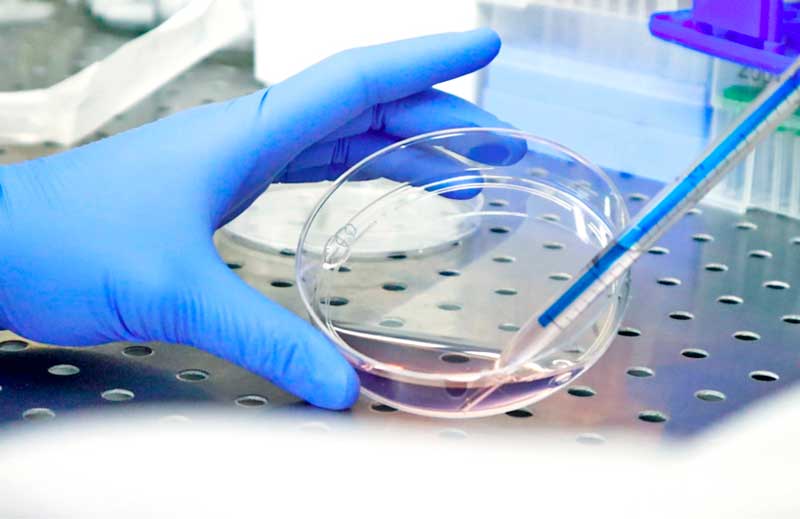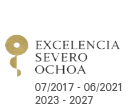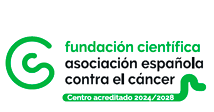
2025/09/24
Metabolism: A forgotten piece in the history of cancer
On World Cancer Research Day, we present the insights from the 2nd “Let’s Talk About Cancer” Meeting, held in June at CIC bioGUNE within the framework of the PreMetaCan project, funded by the Spanish Association Against Cancer (AECC).
PreMetaCan project is dedicated to investigating how tumor metabolism influences cancer development and resistance, with the objective of optimizing combination therapies and enhancing the efficacy of personalized treatments.
For a long time, cancer has been explained, studied, and treated almost exclusively from a genetic perspective. We’ve learned to identify mutations, classify tumors based on their molecular profile, and design targeted therapies. But something important has remained out of focus: how the body functions as a whole. Beyond DNA, there's another dimension that’s helping us see cancer through new eyes. That dimension is metabolism.
When we talk about metabolism, we often think of calories, digestion, or “burning fat.” But metabolism is the sum of all the chemical reactions that allow our cells to produce energy, grow, repair themselves, or die. In short, it’s the foundation of life. And now we know, it’s also one of the keys to understanding cancer.
A century ago, scientist Otto Warburg observed that cancer cells generate energy in a very unusual way. Even when oxygen was available, they preferred a shortcut: consuming large amounts of glucose and rapidly turning it into lactate. This phenomenon, known as the Warburg effect, was a revolutionary discovery. Yet, for decades, science set it aside. Genetics offered more precise, more elegant answers. Metabolism seemed like something of the past.
But today, the pendulum is swinging back. Recent research is proving that metabolism isn’t just a consequence of cancer, it can also be a cause, a tool, and a vulnerability of tumors. Cancer cells modify the way they produce energy to survive, grow and, in many cases, evade the immune system. What’s interesting is that this metabolism doesn’t occur in isolation. It depends on the environment, on the nutrients available, on the condition of the entire body. And that means we can intervene.
One of the most promising discoveries in recent years is that cancer metabolism can be altered using tools that go beyond medication. One of those tools is physical exercise. When we exercise, our muscles, the largest and most active organ in the body, not only use up energy. They also release small vesicles called exosomes, filled with chemical signals that travel throughout the body. These signals can enhance immune function, reduce inflammation and, surprisingly, modify the behavior of cancer cells. Regular, well-structured exercise, tailored to each patient, can become true metabolic therapy.
But it’s not about running marathons. It’s about restoring the body’s metabolic capacity: teaching it to use energy properly, improving cellular respiration, and counteracting the effects of the tumor. In some cases, exercise can even reverse the Warburg effect by promoting a healthier, more efficient metabolism, one that cancer can’t easily hijack.
Nutrition also plays a crucial role. While there’s no magical diet that cures cancer, we know that maintaining good nutritional status during treatment improves therapy tolerance, preserves muscle mass, and reduces the risk of complications. Obesity, for example, is associated with more aggressive tumors and poorer response to treatment. On the other hand, nutrient deficiency weakens the body at the very moment it needs to be strongest. We are moving toward personalized nutrition, adapted to each person’s metabolism and their specific stage of illness.
We also can’t forget the emotional dimension. Stress or anxiety aren’t just psychological matters; they trigger physical responses too. A stressed body changes its metabolism, alters immune defenses, and prioritizes short-term survival. This can reduce the effectiveness of treatments and impact overall well-being. That’s why psychological support in oncology isn’t optional, it’s a fundamental part of treatment.
All of this leads us to a new way of understanding cancer. We no longer see it solely as a genetic enemy, but as an ecological phenomenon, developing in a living, changing, and complex environment. Like a forest, where the growth of a mushroom depends not just on its spore, but on the soil, the moisture, and the other organisms around it. The human body is similar: the tumor coexists, competes, and adapts within a biological ecosystem that we can learn to regulate.
That’s why we now talk about having a “complete toolbox.” Genetics gives us valuable information, but metabolism shows us what’s happening in real time and allows us to act from many angles: through exercise, nutrition, emotional support, rest, and sustainable habits that improve overall health and the body’s ability to resist disease.
This integrative vision doesn’t replace traditional medicine, it complements it. It doesn’t eliminate chemotherapy or immunotherapy, but it can help them work better. And above all, it offers the patient an active role. Because taking care of metabolism is not just a medical strategy, it’s a way to reclaim control, to contribute to the treatment through everyday actions, through what’s possible, through what’s human.
Metabolism, that long-forgotten piece, is proving it still has much to say, and perhaps, much to heal. On this World Cancer Research Day, CIC bioGUNE, member of BRTA, reaffirms its commitment to open, accessible science that serves society.
About CIC bioGUNE
The Centre for Cooperative Research in Biosciences (CIC bioGUNE), member of the Basque Research & Technology Alliance (BRTA), located in the Bizkaia Technology Park, is a biomedical research organisation conducting cutting-edge research at the interface between structural, molecular and cell biology, with a particular focus on generating knowledge on the molecular bases of disease, for use in the development of new diagnostic methods and advanced therapies.
About BRTA
BRTA is an alliance of 4 collaborative research centres (CIC bioGUNE, CIC nanoGUNE, CIC biomaGUNE y CIC energiGUNE) and 13 technology centres (Azterlan, Azti, Ceit, Cidetec, Gaiker, Ideko, Ikerlan, Leartiker, Lortek, Neiker, Tecnalia, Tekniker y Vicomtech) with the main objective of developing advanced technological solutions for the Basque corporate fabric.
With the support of the Basque Government, the SPRI Group and the Provincial Councils of the three territories, the alliance seeks to promote collaboration between the research centres, strengthen the conditions to generate and transfer knowledge to companies, contributing to their competitiveness and outspreading the Basque scientific-technological capacity abroad.
BRTA has a workforce of 3,500 professionals, executes 22% of the Basque Country's R&D investment, registers an annual turnover of more than 300 million euros and generates 100 European and international patents per year.
See a large version of the first picture





